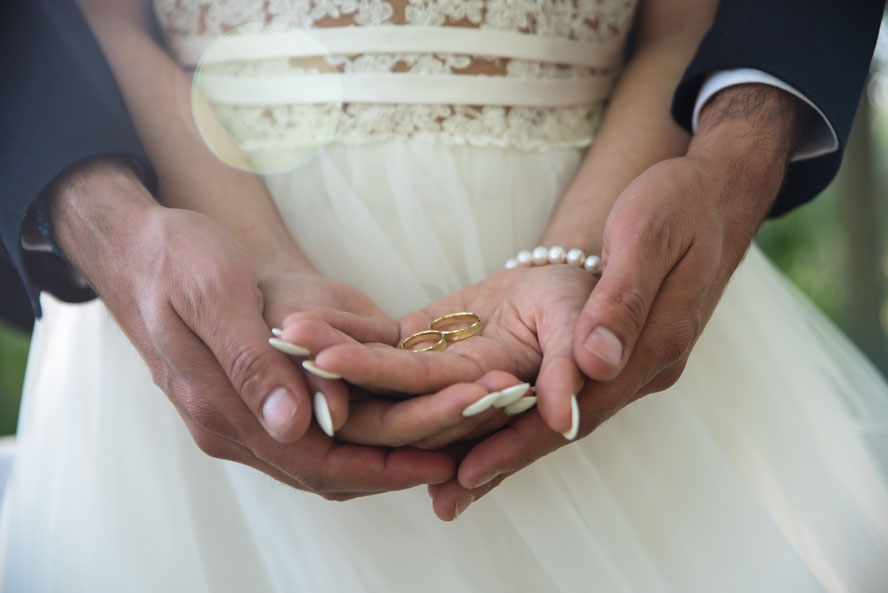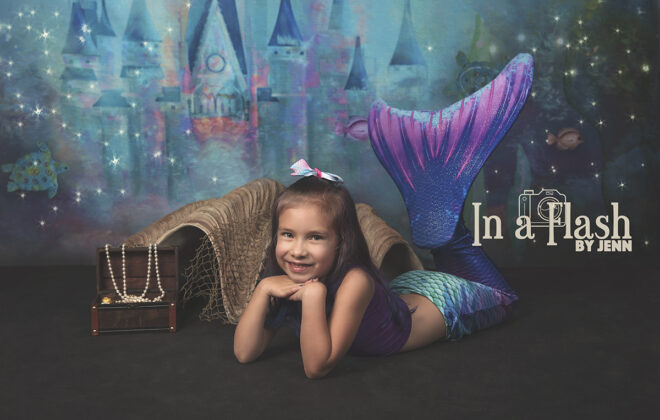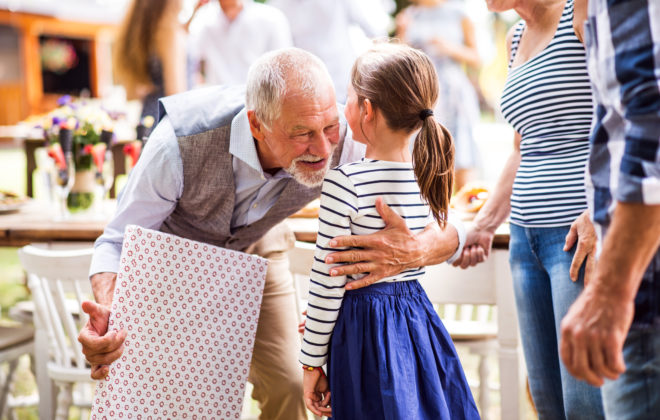What You Need To Know About Your Wedding Photography
A wedding is an incredibly beautiful occasion that brings joy, celebration, and love. There can also be a high degree of pressure, with so many different parts of a wedding to plan and coordinate. As you begin to plan your wedding, you should consider how your choices may impact the type of photography available to you.
A wedding is an incredibly beautiful occasion that brings joy, celebration, and love. There can also be a high degree of pressure, with so many different parts of a wedding to plan and coordinate. As you begin to plan your wedding, you should consider how your choices may impact the type of photography available to you.
Lighting
Once you have selected your venue it is crucial to think about where key photos will be taken, what time of day, and how light may impact the results.
When we think about the space where your wedding will take place place and its relation to photography, we can consider the “where” as the venue as a whole. What is the overall ambiance? Where is light coming from? How much of the light is natural versus artificial? What are the types of artificial light?
The “where” is also the spaces where key wedding events will take place. The procession. The entourage. The altar. The dancefloor. Anywhere you want key moments to be captured.
Lighting is the most important aspect of getting great pictures from your wedding. It’s the first thing I explore with new clients. Some clients are surprised to find that their planned altar near large windows or the rustic fence they wish to get family shots at won’t yield great shots.
This is why having an experienced wedding photographer like In a Flash by Jenn can be the difference between getting photos and getting THE RIGHT photos. I perform multiple layers of groundwork, even advising my clients, when, where, and how to capture those important moments.
Staging / Height
Height and staging play an important part in determining what kinds of choices a photographer can make to get quality photos. Even the best photographers in the world can struggle with height differences. Will certain elements, say a stage or dancefloor change the height differences of wedding attendees? Knowing the layout beforehand can prevent potential issues and ensure you get all the photos you desire.
Background Elements
Even if lighting and staging are perfect, your photos can still lack a timeless quality if there are distracting background elements. Having a dedicated area for portraits can address this problem. But this solution means more than having a blank wall to shoot against; it means finding areas within the venue that will render distraction-free photos, often tied to the overall environment of the space. It some cases it may make sense to capture portraits offsite before or after the wedding has taken place.
Timing / Order
There is no such thing as a small wedding. Even if you have a trim guest list, your wedding is still a big operation, relying on an established sequence of events. It is crucial that this sequence is clearly communicated to key wedding attendees and vendors. For photography coverage of your wedding, it is especially important that your photographer understands front and back the structure of your event, as there are critical shots to be captured.
Conclusion
Planning a wedding is tough. Part of the benefit of having an experienced photographer cover your wedding is that issues can be identified before they happen, and you get the right images that will last a lifetime.




